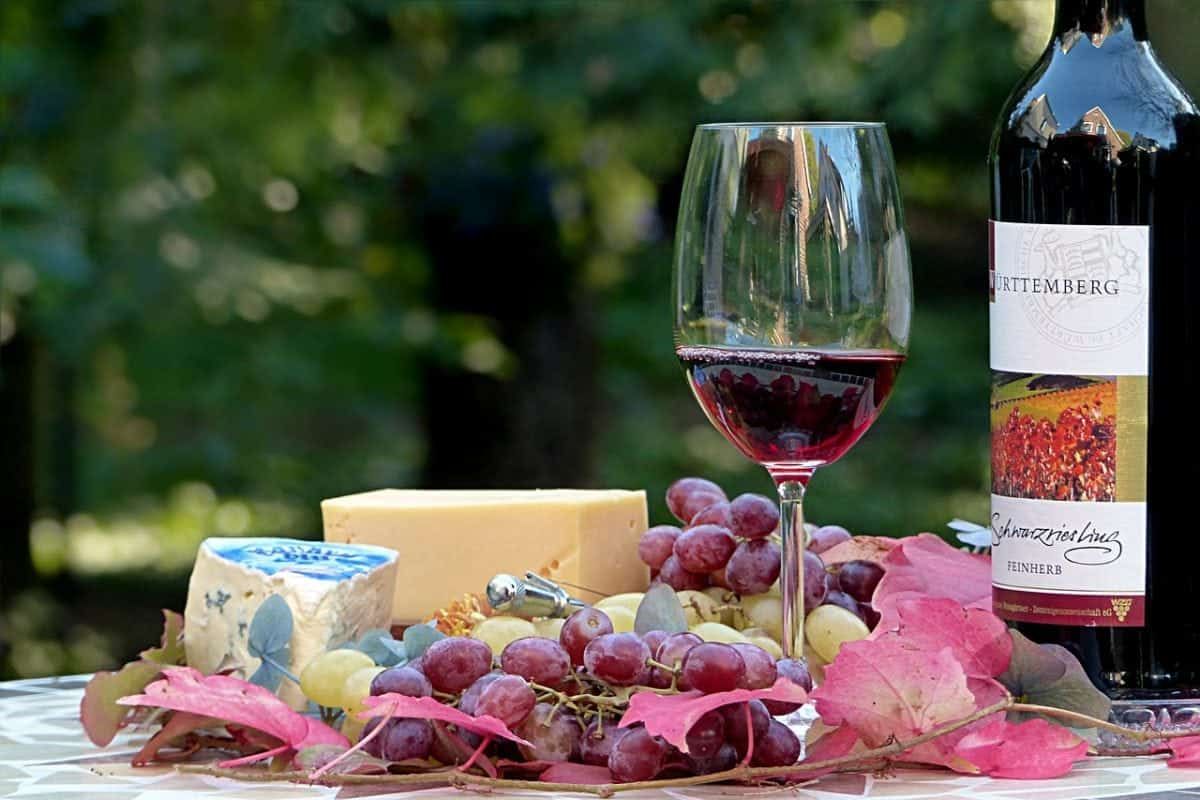
Those three little words, perhaps the most important you’ll ever hear: Cheese and wine? Asked as a question, obviously, to which you can answer: yes, please. So, how to make this special culinary affair really worth it?
Choose your cheese first. You will want to sample it, so choose a local delicatessen who will let you nibble. Cheeses fall into three main categories: those that anyone can enjoy, those for the connoisseur and ‘wildcard’. If you do not want to challenge your guests, aim for Cheddars, mild soft or goats’ cheeses. For those who really like their cheese, use big guns like blues, Camembert or tangier softer cheeses. And to surprise your guests, opt for a flavoured cheese – garlic, chilli or other exotic flavours are not uncommon. The UK is seeing a renaissance of cheese production, so take advantage by choosing regional cheeses such as Isle of Wight Blue, a sort of creamy, stiltony hybrid, the ever popular Tunworth or Quickes’ (sublime!) Goat’s Cheddar.
Let’s review: you’ve either gone for an easy mild cheese that won’t offend, a strong, on-your-nose feller or something a bit different – or perhaps all three. A lot of research has gone into what wines to pair with a cheese, with particular emphasis on culture matching. For example, if a culture (like France) produces one product (like great cheese) and another product (like great red wine), then the products will share similar philosophies, tastes, history, environments, etc. Sounds good to me – so have that culture/regionality in mind. If you have opted for a delicate cheese, choose delicate flavours. Think of your whites like Chardonnays or Sauvignon blancs. They won’t step on the cheeses’ toes, or vice versa. If your cheese is really just for decoration, you might get away with really sweet wines such as Riesling or Gewürztraminer. If you are taking this a bit more seriously though, you will need heavier, and ideally French, reds. A good English hard cheese or Brie de Meaux will suit a Rioja, Malbec or Cabernet Sauvignon. Moving up the taste scale into your Stiltons or aged strong cheeses you’ll need something with the tannins and strength of character of a Merlot or Bordeaux. The benefit of these wines is, much like their cheese brothers and sisters, they require airing at room temperature for full flavour behaviour. If you went ‘wild’ with the cheese, you have full permission to do so again with the wine. Pair spring/summer fruit wines with spice, for example, mixing warm flavours with cold wines. You should never have to pay too much for your wine, remember, so look out for wine offers.
Stick to these simple rules of thumb, and you should find yourself in cheese and wine heaven!